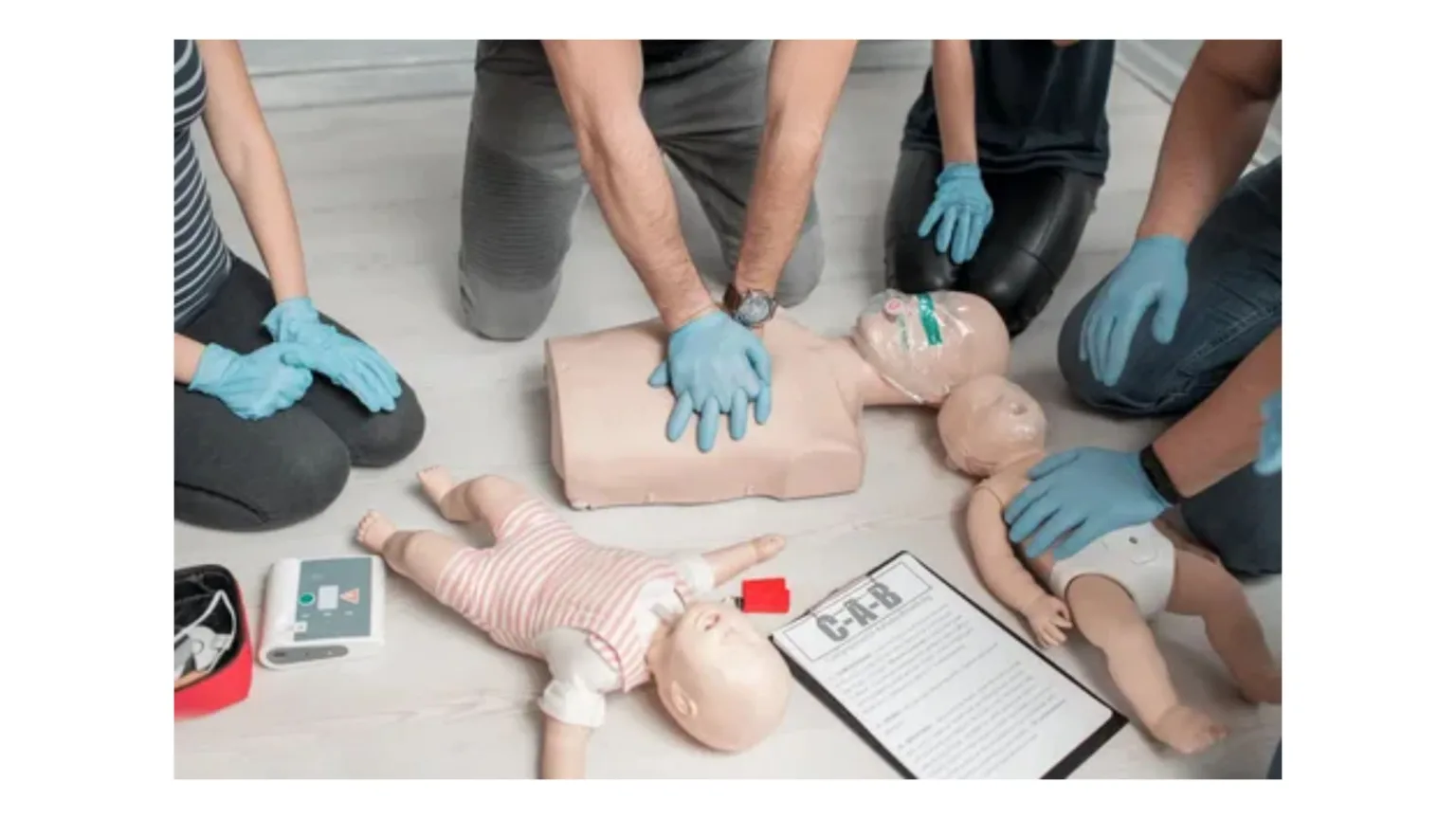Learning CPR (Cardiopulmonary Resuscitation) is a valuable skill that can save lives in emergencies such as cardiac arrest or drowning. In Texas, where communities thrive in vast urban centers and sprawling rural areas alike, the importance of CPR training cannot be overstated.
With proper training, individuals become equipped to respond swiftly and effectively in critical situations, making a significant difference in someone’s chance of survival.
Why CPR Training Matters?
Every year, thousands of Texans experience sudden cardiac arrest outside of a hospital setting. In such cases, immediate CPR can double or triple the chances of survival. CPR training empowers individuals to recognize emergencies, call for help, and administer life-saving techniques until professional medical assistance arrives.
Accessibility of CPR Classes in Texas
CPR classes are readily available through various providers and institutions. Centers like Texas Onsite CPR offer CPR courses tailored to different skill levels and needs. These classes often include hands-on practice sessions, ensuring participants gain confidence and proficiency in performing CPR.
Types of CPR Courses Offered
Several types of CPR courses are available to cater to diverse audiences:
- Basic Life Support (BLS) CPR: Geared toward healthcare professionals, BLS CPR courses delve into advanced techniques and protocols for administering CPR in clinical settings.
- Heartsaver CPR/AED: Designed for the general public, Heartsaver courses cover CPR basics and the use of Automated External Defibrillators (AEDs), crucial for responding to sudden cardiac arrest in public spaces.
- Pediatric CPR: Focused on infants and children, pediatric CPR courses equip caregivers with the skills needed to respond effectively to emergencies involving young ones.
- First Aid with CPR: Combining CPR training with basic first aid skills, these courses prepare individuals to address a wide range of medical emergencies until professional help arrives.
Benefits of CPR Training
- Increased Survival Rates: Prompt initiation of CPR by bystanders can significantly increase the chances of survival for cardiac arrest victims.
- Empowerment: CPR training instills confidence in individuals, empowering them to act and make a difference in emergencies.
- Community Resilience: When more people in a community are trained in CPR, the overall resilience of the community increases, creating safer environments for everyone.
- Employment Opportunities: CPR certification is often a requirement for various professions in healthcare, education, childcare, and fitness, expanding job opportunities for certified individuals.
- Challenges and Solutions: Despite the benefits of CPR training, certain challenges exist in ensuring widespread adoption:
- Accessibility: In rural areas, access to CPR classes may be limited. Mobile training units and online courses can help overcome geographical barriers.
- Cost: Some individuals may find the cost of CPR courses prohibitive. Offering discounted or subsidized classes, especially in underserved communities, can make training more accessible.
- Retention of Skills: Without regular practice, individuals may forget CPR techniques over time. Encouraging refresher courses and providing resources for self-study can help maintain proficiency.
Accessibility of CPR Classes in Texas
Ensuring access to CPR classes is crucial for fostering widespread adoption of this life-saving skill across Texas. Fortunately, various organizations and institutions offer CPR courses throughout the state, making training accessible to individuals from all walks of life. Whether you reside in the heart of a bustling metropolis like Houston or in the scenic countryside of the Hill Country, opportunities to learn CPR are within reach.
Organizations like Texas Onsite CPR are instrumental in providing CPR training to Texans. This institution often hosts regular classes, workshops, and certification programs tailored to different skill levels and needs. Additionally, advancements in technology have made online CPR training modules available, offering flexibility for those with busy schedules or limited access to in-person classes.
Moreover, efforts to enhance accessibility extend beyond traditional training venues. On-site training initiatives bring CPR classes directly to neighborhoods and populations in need, ensuring that geographical barriers do not hinder individuals from acquiring life-saving skills. By making CPR training readily available and easily accessible, Texas communities can bolster their readiness to respond to medical emergencies and save lives effectively.
Wrapping Up!
CPR training is a vital investment in community safety and well-being. In Texas, where the spirit of resilience runs deep, acquiring CPR skills is not just an option but a responsibility. By making CPR classes accessible, affordable, and engaging, we can empower Texans to become everyday heroes, ready to spring into action and save lives when every second counts. So, let’s take the initiative to learn CPR and make Texas a safer place for all its residents.


